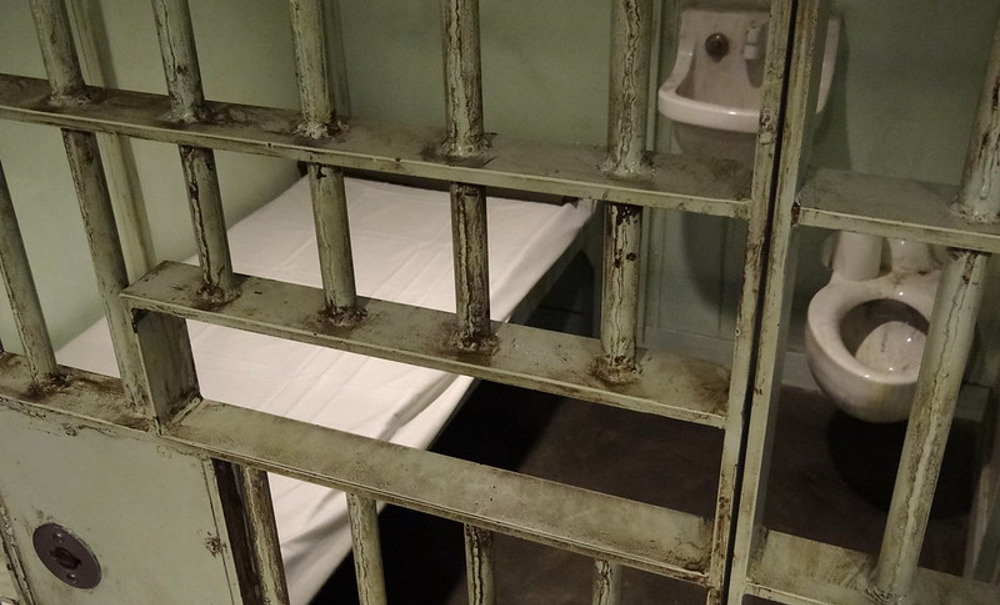The Georgetown University Center for Juvenile Justice Reform is preparing to train this fall’s inaugural class of juvenile justice executives and rank-and-file detention facility staffers in protocols aimed at limiting the use of solitary confinement of youth.
That first class of trainees for the “Ending Isolation in Youth Facilities” certificate program also will include representatives of nonprofit organizations working with youth who have been arrested, convicted, paroled or enrolled in community-based diversion programs.
With Arnold Ventures, the Center for Children’s Law and Policy and Council of Juvenile Justice Administrators, the Georgetown center now is selecting what likely will be five teams from juvenile justice agencies from across that country for that inaugural class of trainees, said Michael Umpierre, the center’s director. A second class is slated to be selected in summer 2022, he said.
As it taps those trainees, the center also is preparing to spotlight four juvenile justice agencies from four states as innovators in reforming solitary confinement and, alongside that, creating programs whose outcomes include having fewer kids display the behaviors that can land them in solitary. Representatives from those agencies, which the trainees eventually will visit, likely will be among speakers and instructors for the weeklong training.
“Isolation, seclusion, segregation, room confinement,” Umpierre said, listing the varying names for solitary, which he and others agree sometimes is necessary.
But only, he added, “as a temporary response to behavior threatening that young person or others. As soon as that situation calms, we need to bring that young person back into programming … They need to be connected to educational opportunities, opportunities for skills development and relationship building. If we’re isolating them, they will not get that.”
Prolonged solitary confinement affects health
Some potential, long-range effects of prolonged periods in solitary include anxiety, insomnia, paranoia, psychosis, post-traumatic stress disorder, suicidal thoughts and neurological damage, according to various analyses, including ones aggregated in an April 2021 report by the Vera Institute of Justice in New York City
One of the most notable cases of solitary confinement involved Kalief Browder, who’d been arrested, when he was 16, for allegedly stealing a backpack. Unable to pay $3,000 bail — he was on probation for a previous offense, and the backpack-related arrest was deemed a probation violation — the Bronx native spent two of three years of pre-trial detention in solitary at New York City’s Rikers Island jail. He said he was innocent and refused to plead guilty to the charges, a move that may have granted him immediate release. The charges were dropped after his accuser left the country and was unavailable to testify in court.
In 2013, Browder won a $3.3 million settlement with New York City, which he blamed for mental illness he said he developed while at Rikers, where video showed him being beaten by inmates and corrections officers. Browder hanged himself to death with a bed sheet in his mother’s Bronx home in 2015, the same year that New York City banned the use of solitary confinement for people younger than 21.
Among other data, Georgetown’s Ending Solitary certification project hinges on a U.S. Department of Justice report, released in 2010, concluding that one in three incarcerated kids said they had spent time in solitary confinement. There are not more recent, comprehensive data on how many kids are or have been in solitary.
































